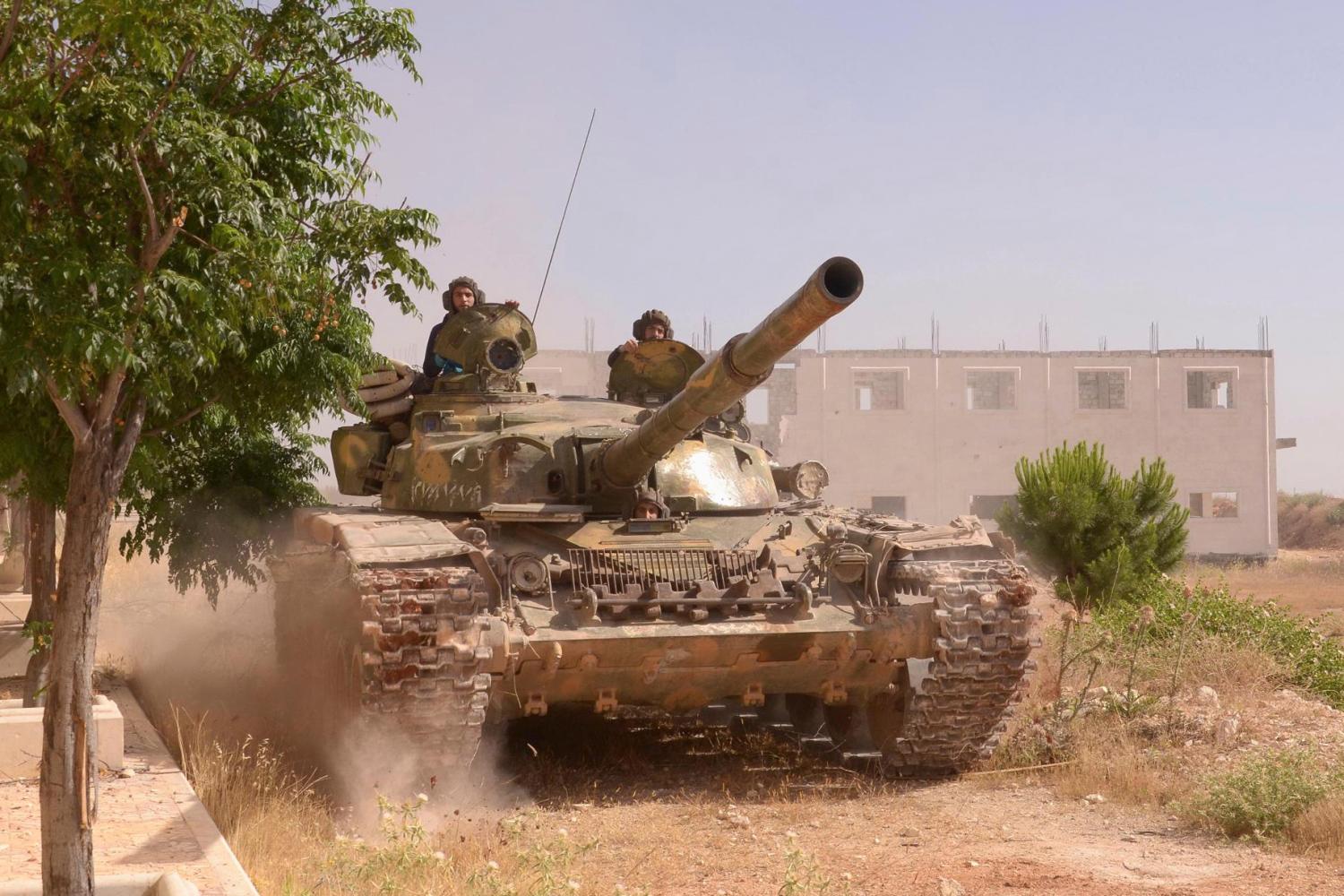
In his paper, Pollack lays out the military advantages and disadvantages of both the opposition and the regime’s forces, and looks at how different opportunities for U.S. intervention can affect those critical dynamics. This analysis provides a much-needed counterpoint to the debate over the possible cost of U.S. options in Syria with an analysis of their likely impact on the conflict.
Highlights include:
- The strengths and weaknesses of the opposition, including: greater numbers, a history of deprivation of political power, the aid of Islamist militias affiliated with the Muslim Brotherhood and Salafist groups, and support from Arab and Western countries.
- The strengths and weaknesses of the regime, including: motivation to defend against a determined majority, a geographic advantage, the remnants of the Syrian armed forces, help of foreign contingents like Hizballah, and the support of foreign countries like Iran and reportedly Russia and China.
- Options for U.S. interventions to break the stalemate, including:
- Training and equipping the opposition.
- Stopping the resupply of the regime in order to diminish its ability to generate firepower.
- Attacking regime infrastructure targets, such as military bases, power-generation plants and transportation choke points like bridges.
- Establishing and maintaining a no-fly zone.
- Engaging in a tactical air campaign against regime ground forces.



